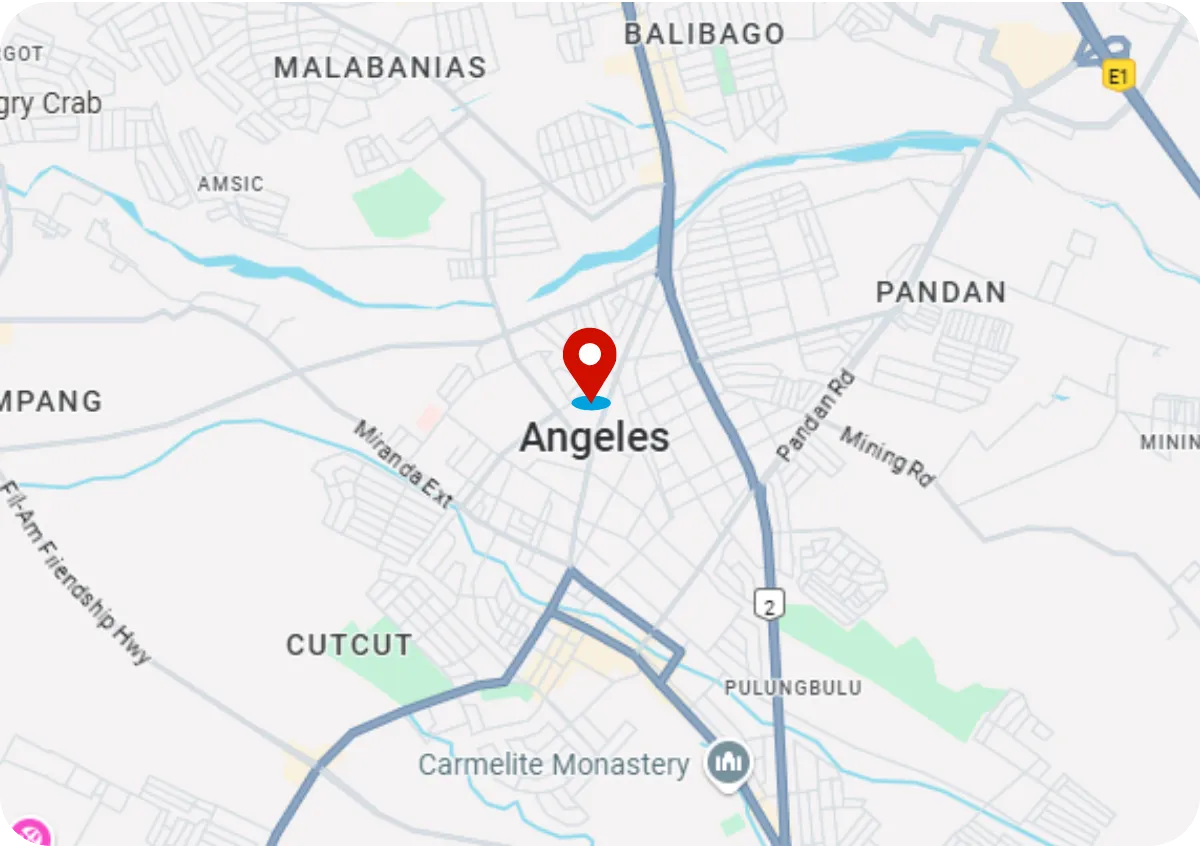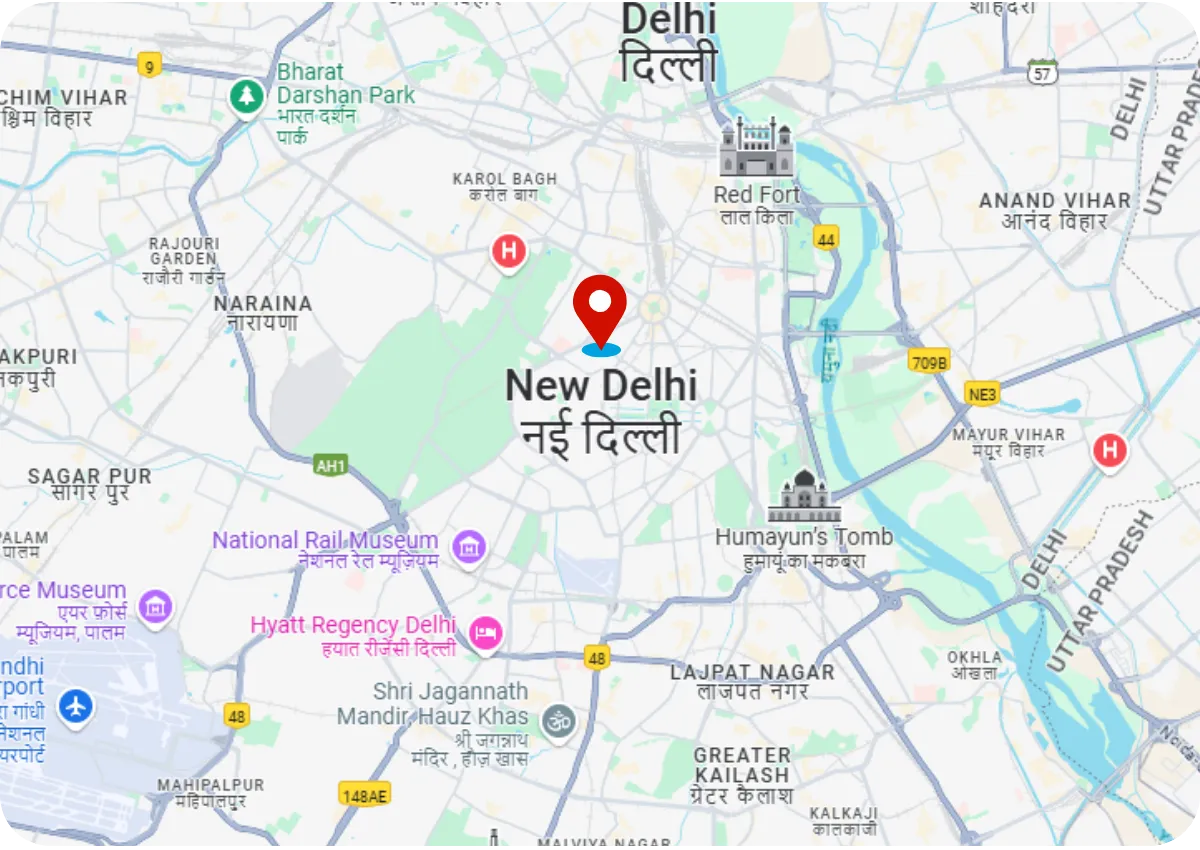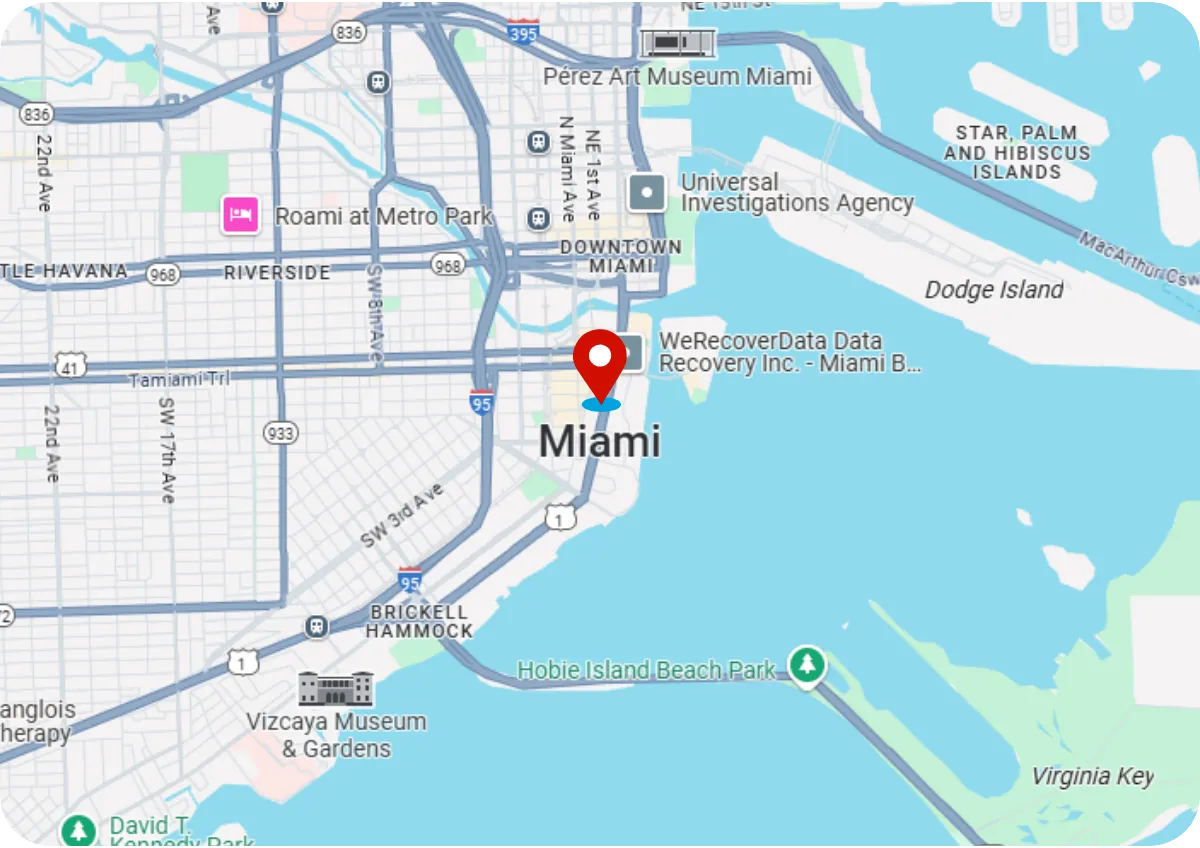How to Source 101 Products from
Asia, China, Latin America & Africa
By the Numbers

527
Factory Partners

650
Factories Visited

8+
Years
Average Client Duration

15%
Savings
On Avg, Typical Range 10 to 30%

7-8
Figures
Avg Client Size Annual Revenue
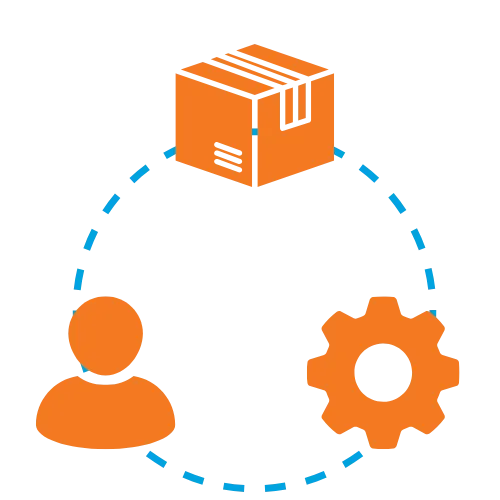
200K To 1.2M+
Avg Total Units Sourced/month
Who We Are
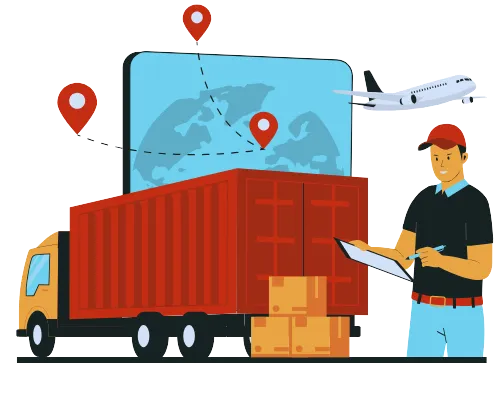
Master the Basics of Global Sourcing
Global sourcing has become an essential strategy for businesses looking to scale, cut costs, and diversify their product offerings. Countries in Asia, China, Latin America, and Africa offer a wealth of opportunities for finding high-quality
the Basics of Global Sourcing products, but navigating these markets requires careful planning and expertise. In this guide, we’ll cover the basics of sourcing from these key global markets, providing step-by-step instructions, essential strategies, and best practices to ensure a smooth sourcing experience.
Step 1: Understand the Market Landscape
Before diving into sourcing, it’s important to understand the unique characteristics of each region:
China: Known for its vast manufacturing capabilities, China offers a wide range of products, from electronics to textiles, often at competitive prices. However, navigating quality control and intellectual property laws can be challenging.
Asia (Excluding China): Countries like Vietnam, India, and Thailand have emerged as key alternatives to China for sourcing. These markets offer skilled labor, specialty products, and competitive pricing, particularly in textiles and electronics.
Latin America: Mexico, Brazil, and Colombia are growing sourcing hubs for North American businesses. Sourcing from Latin America can reduce shipping times, and some countries offer specialized manufacturing in textiles, food products, and industrial goods.
Africa: With emerging markets such as Kenya, South Africa, and Nigeria, Africa is becoming an attractive destination for sourcing raw materials and unique handcrafted products. While the infrastructure may be less developed, Africa offers untapped potential for businesses seeking to diversify.
Step 2: Build a Network of Trusted Suppliers
Finding reliable suppliers is the cornerstone of successful global sourcing. Here’s how to build your network:
Use Sourcing Platforms: Start with reputable platforms such as Alibaba, Global Sources, and industry-specific platforms like Made-in-China. For Latin America and Africa, local trade directories and chambers of commerce can also help connect you with suppliers.
Attend Trade Shows: Trade shows such as the Canton Fair in China or Expo Manufactura in Mexico provide opportunities to meet suppliers, inspect products firsthand, and establish direct relationships.
Verify Suppliers: Always conduct due diligence by verifying supplier credentials. Request product samples and references, and consider visiting factories when possible.
Step 3: Negotiating Pricing and Terms
Effective negotiation is key to securing favorable pricing and terms. Here are a few tips:
Know the Market Prices: Research the typical costs for the products you’re sourcing in each region, so you have a baseline for negotiation.
Order Minimums: Different suppliers may have minimum order quantities (MOQs). Negotiate MOQs that fit your business needs, especially when starting out.
Payment Terms: Secure favorable payment terms to help manage cash flow. Consider using letters of credit or escrow services for large transactions to mitigate risk.
Step 4: Focus on Quality Control
Ensuring the quality of your sourced products is critical, especially when working across borders. Here’s how to manage quality control effectively:
Pre-Production Samples: Always request pre-production samples to verify that the product meets your specifications.
Third-Party Inspections: Use third-party quality control agencies like SGS or Bureau Veritas to conduct factory audits and inspect goods before shipment.
Maintain Clear Specifications: Clearly communicate your product requirements, including materials, dimensions, packaging, and labeling, to avoid miscommunication and costly errors.
Step 5: Navigate Logistics and Shipping
Global shipping and logistics can be complex, but careful planning will help prevent delays and extra costs:
Select the Right Shipping Method:
For larger orders, ocean freight is typically the most cost-effective, while air freight works better for smaller, time-sensitive shipments.
Understand Customs Regulations:
Each country has its own customs regulations. Work with a freight forwarder to ensure proper documentation and compliance to avoid delays.
Factor in Lead Times:
Different regions have varying production and shipping lead times. Plan accordingly to avoid stockouts or delays in bringing products to market.
Step 6: Manage Legal and Certification Requirements
Depending on your industry, there may be specific certifications or legal requirements that your products need to meet:
Certifications:
Certain products require certifications such as FDA approval for food and cosmetics, ROHS for electronics, or ISO9001 for quality management. Always verify the certification requirements for each market.
Patents and Trademarks:
Ensure that your product designs or brand trademarks are protected in the region where you’re sourcing to avoid infringement issues.
Best Practices for Sourcing Success
Develop Long-Term Supplier Relationships:
Cultivate trust with your suppliers through regular communication and by placing repeat orders. Long-term relationships often lead to better pricing, improved product quality, and more flexible terms.
Diversify Your Sourcing Regions:
Don’t rely on a single region or supplier. Diversifying your supply chain across multiple regions reduces risk and helps mitigate potential disruptions.
Stay Updated on Global Trends:
Keep an eye on global market trends, trade agreements, and tariffs that could impact your sourcing strategy. Staying informed helps you adapt quickly and maintain a competitive edge.
Conclusion
Sourcing from China, Asia, Latin America, and Africa presents a wealth of opportunities for businesses looking to expand and scale. By understanding the nuances of each region, building a network of reliable suppliers, focusing on quality control, and navigating logistics and legal requirements, you can unlock the full potential of global sourcing. With careful planning and strategic partnerships, your business can thrive in the global marketplace.
This guide is designed to help you get started with sourcing across key global markets. For further guidance or assistance with your sourcing needs, Sourcing For Good is here to help at every step of the way!
Resources

How to Source 101 Products from Asia, China, Latin America & Africa
Master the Basics of Global Sourcing
Discover essential strategies for sourcing products from key global markets. This guide covers step-by-step instructions, tips, and best practices to help your business navigate the complexities of international sourcing.

How to Source 101 Products from Asia, China, Latin America & Africa
Efficiency with Expert Sourcing Agents
Learn how partnering with sourcing agents can streamline your supply chain, reduce costs, and enhance product quality. This resource dives into the benefits of using sourcing agents to optimize your operations and scale your business.

Sourcing Promotional Items from China/Globally
Your Guide to Sourcing Custom Promotional Products
Explore the world of promotional product sourcing with insights from global suppliers. This ebook provides tips on finding the best custom products to enhance your brand’s visibility. Visit PromoProductsForGood.com for more information.
Giving Back through our
For Good Brands
Creating opportunities through our For Good brands.
Empowering individuals with access to meaningful work.
Supporting families in the Philippines, South Florida, and Atlanta during tough times.
Donating a portion of profits to charitable initiatives.
Ensuring every partnership contributes to a greater cause.
TESTIMONIALS
What others are saying

"Loved everything so far"
"Testimonial lorem ipsum dolor sit amet, consectetur adipisicing elit. Autem dolore, alias, numquam enim dolor elit."
- Your Name


"My life changed forever"
"Testimonial lorem ipsum dolor sit amet, consectetur adipisicing elit. Autem dolore, alias, numquam enim dolor elit."
- Your Name


"Highly recommend this"
"Testimonial lorem ipsum dolor sit amet, consectetur adipisicing elit. Autem dolore, alias, numquam enim dolor elit."
- Your Name

Frequently Asked Questions
What Is Employee Recognition?
It’s expressing appreciation in meaningful ways—peer-to-peer, manager-led, or executive acknowledgment for achievements or personal traits.
Why Is It Essential?
Without appreciation, employees may feel overlooked. Acknowledgment fosters a sense of value and cultivates a positive workplace culture while reinforcing desired behaviors.
Types of Employee Appreciation
- Spot Recognition: Prompt compliments for significant achievements.
- Peer Nominations: Encourage nominations for awards that reflect company values.
- Team Celebrations: Reward group successes with points or treats.
What Do Employees Want in Recognition?
Employees appreciate recognition that feels genuine and tailored to their individual contributions. Whether it's a verbal thank-you or a personalized note, they want to feel seen for their unique efforts.
How do I create an effective employee recognition program?
- Define Clear Criteria: Clarify what behaviors you’ll recognize.
- Involve Employees: Get feedback on the program's effectiveness.
- Make It Meaningful: Personalize recognition efforts.
- Measure Impact: Track relevant KPIs to assess effectiveness.

Charitable Initiatives
Educational funding
Community development
Business empowerment
Environmental projects

Financial Assistance
Emergency financial aid
Housing assistance
Food security support
Utility assistance

Support Programs
Healthcare support
Educational scholarships
Financial literacy programs
Job training and placement
Let's Talk About
Growing Your Business

Sourcing For Good connects businesses and individuals with top-quality products and services, providing sustainable and efficient solutions for all your sourcing needs.
©2025 Sourcing For Good
